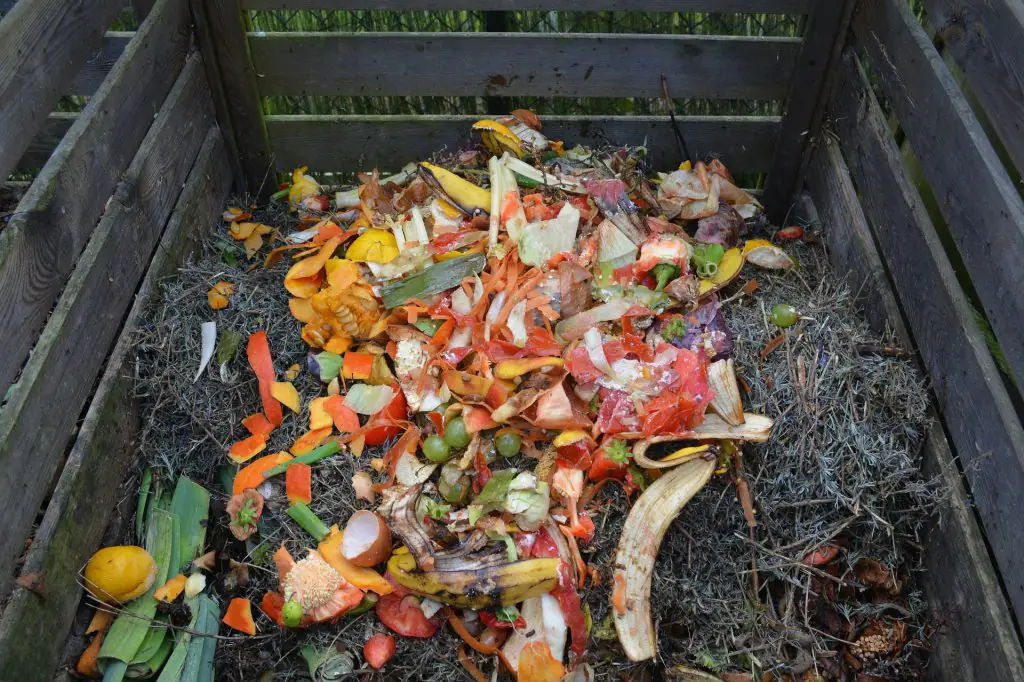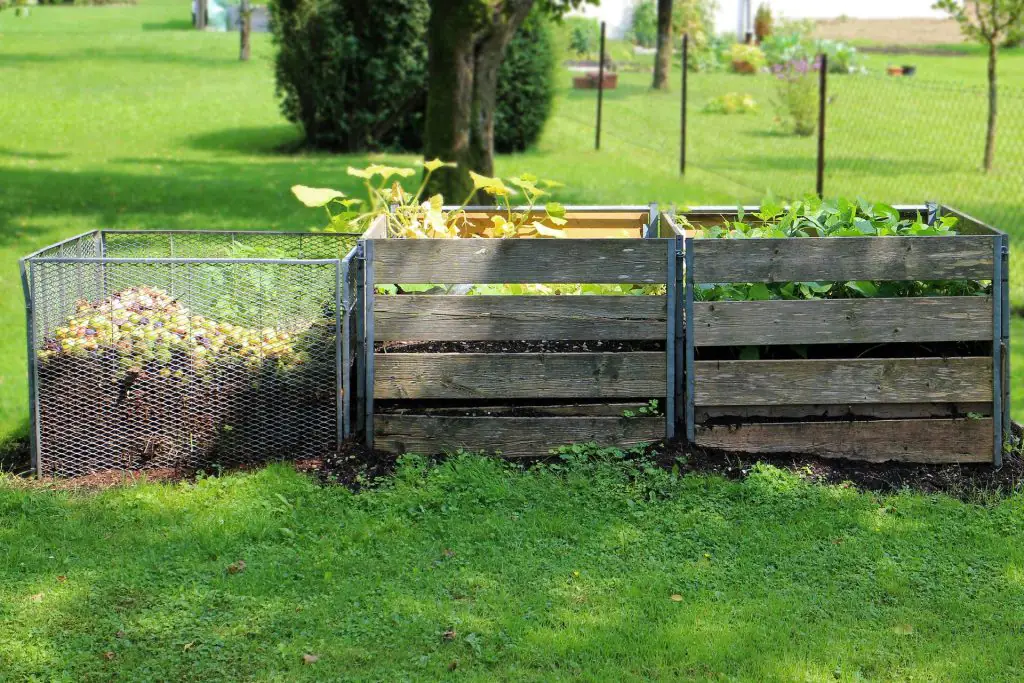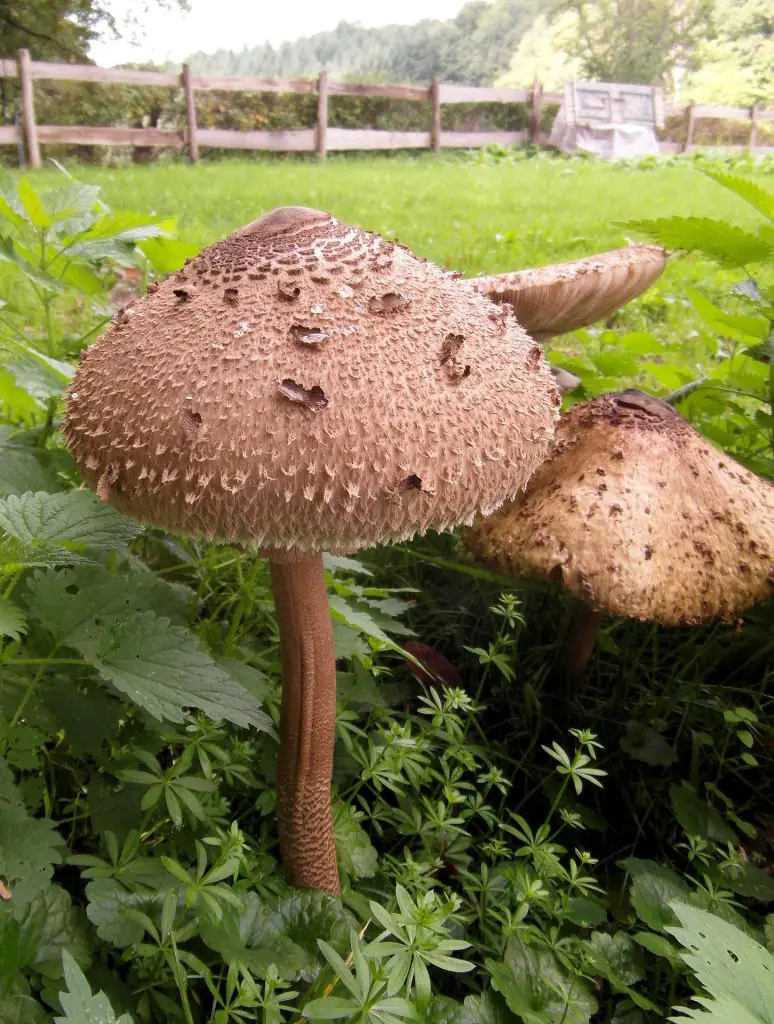Understanding Compost

Have you ever wondered how plants continue to sprout, grow, and bloom year after year? How can they continue to receive the nutrients that they need to continue growing in the same soil? This is because the soil naturally renews itself with the nutrients from other plants, and with the help of a few other organisms. As plants die they become a part of the soil again, and something new can grow in their place. Compost forms naturally nearly everywhere! Leaves drop from trees. Grass clippings are left after mowing the lawn. Plants and animals die. Over time, these organic materials break down or decompose. The rich, dark brown, crumbly, soil-like material that results is called compost.

Tiny living things do much of the work of breaking down organic materials to form compost. These tiny workers are called microorganisms and include such things as bacteria and fungi. Animals living in the soil help microorganisms break down organic materials. Worms and pill bugs are examples of organisms that help change organic waste into compost.
We can create some of the best plant food by putting our food waste to good use, feel good about making a positive impact on the world around us, and even use the compost to grow more plants for ourselves. The organic materials provide many of the nutrients that plants need for growth and activity. Eventually, these nutrients are returned to the soil, to be used again by trees, grass, and other plants. This is nature’s way of composting and recycling!

Composting is an easy way for us to do our part in allowing the soil to regenerate itself. The compost that you make at your home or school can be used as mulch or mixed into the soil. Compost is one of nature’s best mulches and soil amendments. By composting and mulching, you can reduce your fertilizer and landscaping bills, lowering your water bill, and spend less on trash pickups or disposal.

